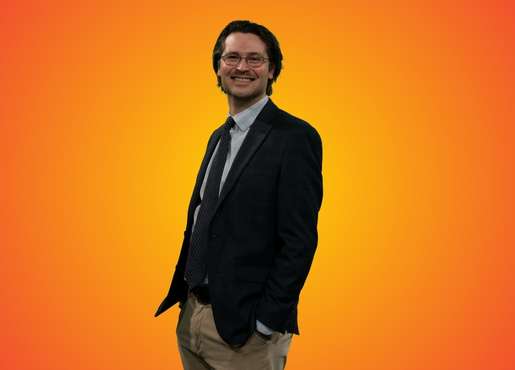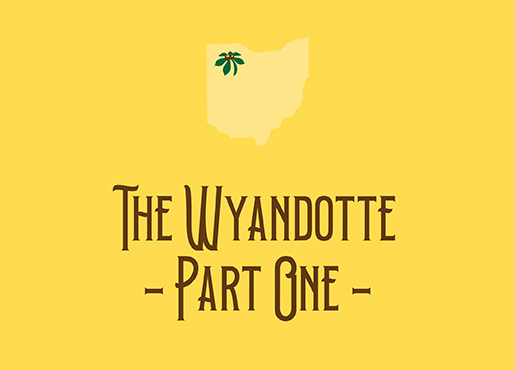
Storied Ground
The Wood County Infirmary

Since its opening in 1975, the Wood County Museum has been dedicated to telling the story of Wood County, Ohio and its people. But in recent years, the museum has been increasingly focused on preserving and interpreting its own institutional history as the former Wood County Infirmary, and in doing so, it has achieved renown as one of the few museums in the United States where visitors can learn about the history of rural poverty and public charity in nineteenth- and twentieth-century America.
County infirmaries were among the earliest institutions of public welfare in Ohio, having first been authorized by the Ohio General Assembly in 1816. They were originally designed to be self-sustaining communal farms that provided temporary refuge for the poor, and were commonly referred to as “poor farms” or “poorhouses.” But without a wider social safety net, in reality county infirmaries often ended up becoming permanent homes for the elderly, sick, physically and mentally disabled, mentally ill, and other disadvantaged people unable to economically and materially support themselves, and whose families, if they had any, were either unable or unwilling to care for them.
By 1900, Ohio’s public welfare system had evolved to include more specialized institutions to provide for the specific needs of certain vulnerable populations, marking the beginning of the transition of infirmaries into modern nursing homes. But this process was much slower to take root in Ohio’s predominantly rural counties. In Wood County, the infirmary remained the only place of refuge for the disadvantaged until well into the latter twentieth century, when it was finally closed and converted into the Wood County Museum.
In this episode of Storied Ground, we’re exploring the history of the Wood County Infirmary with guest Holly Kirkendall, Curator at the Wood County Museum. We’ll also learn about the work Kirkendall and her colleagues are doing today to tell the story of the infirmary in ways that humanize its residents and correct misconceptions about the nature of rural poverty in America in the nineteenth and twentieth centuries.
Listen to this Episode
Meet Your Host Nick Pavlik

Nick Pavlik is an archivist and public historian who is passionate about engaging with communities to document, preserve, and share local and regional histories. Since 2015, he has served as the Manuscripts and Digital Initiatives Archivist at Bowling Green State University’s Center for Archival Collections (CAC), where he oversees the development and management of the CAC’s Northwest Ohio manuscript collections and coordinates a variety projects utilizing digital technologies to preserve and provide access to the CAC’s unique and renowned collections. He has also been steadily working to advance the CAC’s priority of ensuring a more inclusive and representative historical record of Northwest Ohio through community partnerships, oral history projects, and digital exhibits highlighting underrepresented or little-known aspects of our region’s remarkable history. Outside his role at the CAC, Nick also works independently as a public historian, and is particularly interested in pursuing collaborative community projects that showcase the power of local history in fostering a unique sense of place, deepening our connection to our everyday environments, and uniting communities in a shared past that bridges social and political divides. He is grateful for the opportunity to pursue this work through the Storied Ground podcast.
Thank You
Voices Around Us® is supported in part by American Rescue Plan Act (ARPA) funds allocated by the City of Toledo and the Lucas County Commissioners and administered by The Arts Commission.

- Home
- Schedules
- TV
- TV
- Local TV Programs
- Business | Life 360 with Kristi K.
- Toledo Stories
- To The Point with Doni Miller
- Listening with Keith Burris
- Ideas & Insights
- WGTE Presents
- BL360: Northwest Ohio Innovation Consortium
- Magic of the Old West End
- Freedom Means Never Surrender
- I&I: The Random Factor
- FF: National Cherry Festival
- TTP: Moms Demand Action For Gun Sense in America
- Watch Live
- Radio
- Education
- Community
- Support
- About
- Donate
- Watch Live





